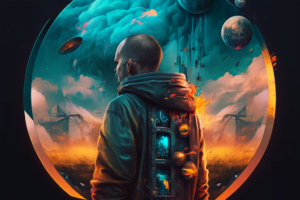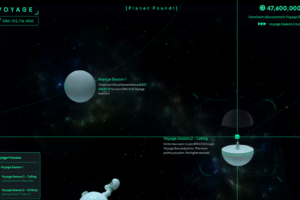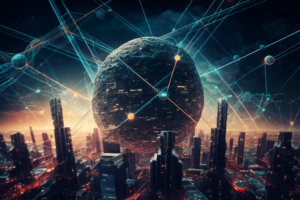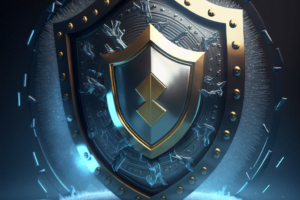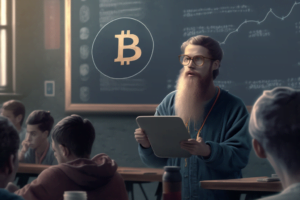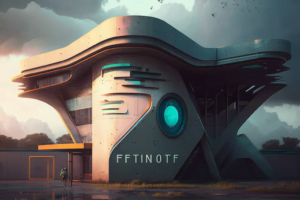Non-fungible tokens (NFTs) have taken the digital world by storm, prompting the creation of various NFT marketplaces where users can buy, sell, and trade unique digital assets. As the NFT ecosystem continues to evolve, marketplaces are introducing new features and innovations to improve user experience and stay competitive. In this article, we will delve into the evolution of NFT marketplaces, exploring the latest innovations, new features, and the future of digital asset trading.
The Emergence of NFT Marketplaces
The rise of NFTs in recent years has led to the development of numerous NFT marketplaces, each catering to different niches and use cases. Some of the most prominent NFT marketplaces include:
- OpenSea: As the largest NFT marketplace, OpenSea offers a vast array of digital assets, including art, collectibles, virtual land, and more.
- Rarible: Known for its user-friendly interface, Rarible enables artists and creators to mint and sell their NFTs, while collectors can browse, purchase, and resell assets.
- SuperRare: Focusing on high-end digital art, SuperRare features a curated selection of rare, single-edition NFTs from established and emerging artists.
- NBA Top Shot: This marketplace specializes in officially licensed NBA collectibles, transforming memorable basketball moments into digital assets.
Innovations and New Features in NFT Marketplaces
As the NFT space grows, marketplaces are continually enhancing their platforms with new features and innovations:
- Cross-Chain Support: With the rise of multiple blockchain networks, NFT marketplaces are increasingly offering cross-chain support, enabling users to trade assets from different blockchains seamlessly.
- Fractional Ownership: Some marketplaces now allow users to buy and sell fractions of high-value NFTs, making it more accessible for users with smaller budgets to participate in the market.
- Social Features: Marketplaces are introducing social features such as chat rooms, forums, and following options, fostering a sense of community and enhancing user engagement.
- Curation and Discovery: To help users navigate the vast array of digital assets, marketplaces are improving their curation and discovery features, making it easier for users to find and purchase NFTs that align with their interests.
- Royalty Management: NFT marketplaces are increasingly offering built-in royalty management systems, ensuring that creators receive their fair share of profits from secondary market sales.
The Future of Digital Asset Trading
As the NFT ecosystem matures, we can expect several trends to shape the future of digital asset trading:
- Greater Interoperability: The future of NFT marketplaces will likely involve greater interoperability between platforms and blockchain networks, enabling users to trade their assets seamlessly across different platforms.
- Advanced Search and Curation: Machine learning and artificial intelligence will play an increasingly significant role in helping users discover and curate NFTs that cater to their preferences.
- Integration with the Metaverse: As the metaverse expands, NFT marketplaces will integrate with virtual worlds, allowing users to showcase and trade their assets in immersive environments.
- Regulatory Considerations: As the NFT market grows, it may attract more regulatory scrutiny, leading to the development of standardized rules and guidelines that govern digital asset trading.
Conclusion
The rapid evolution of NFT marketplaces mirrors the incredible growth and innovation taking place within the NFT ecosystem. These platforms play a pivotal role in shaping the future of digital asset trading by continually adapting to user needs and introducing new features. As we move forward, we can expect NFT marketplaces to focus on greater interoperability, advanced curation, and seamless integration with the metaverse, further expanding the possibilities for artists, creators, and collectors. Embracing these changes will ensure that NFT marketplaces remain at the forefront of the digital revolution, driving the adoption of NFTs and their impact on the broader digital landscape.



